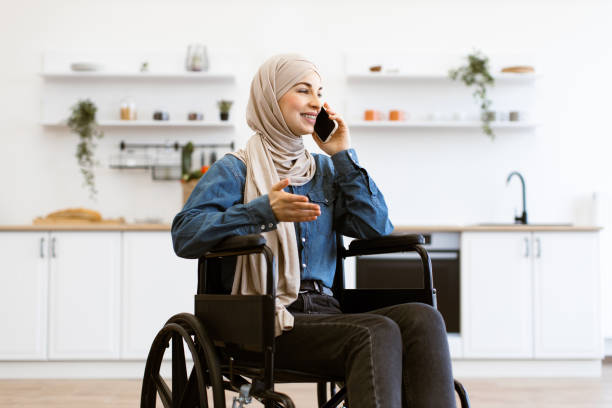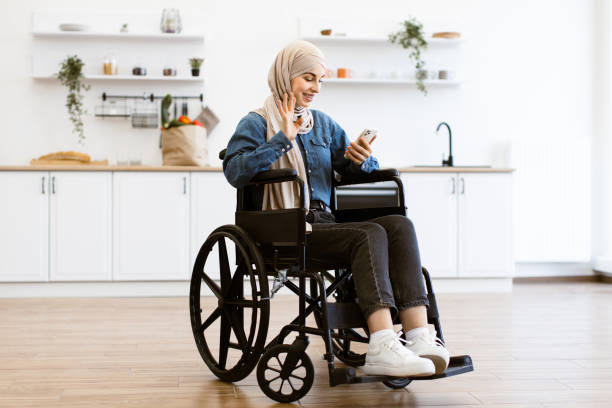In today’s world, the concept of lifestyle is no longer limited to fashion, fitness, or travel. It also includes how comfortably and confidently we move through our daily lives. For many people — especially seniors, individuals recovering from injuries, or those with mobility challenges — lifestyle mobility aids have become essential tools that enhance independence and quality of life.
These aids are not just medical devices; they are designed to fit seamlessly into modern living, promoting freedom, dignity, and convenience.
Understanding Lifestyle Mobility Aids
Lifestyle mobility aids refer to equipment and devices that help people move more safely and efficiently. They include walking sticks, wheelchairs, rollators, electric scooters, walkers, canes, crutches, stairlifts, and many other assistive tools.
While earlier versions of these devices were often plain and purely functional, today’s mobility aids are designed with style, technology, and comfort in mind. They are lightweight, user-friendly, and available in modern designs that reflect a sense of confidence rather than dependence.
The Importance of Mobility in Everyday Life
Mobility is freedom — the ability to move independently allows people to live life on their own terms. When mobility becomes restricted due to aging, accidents, or illness, even small tasks can become challenging. Lifestyle mobility aids bridge that gap, helping individuals stay active and socially connected.
Maintaining mobility has benefits beyond physical health. It improves mental well-being, self-esteem, and social engagement. With the right tools, people can continue to enjoy hobbies, meet friends, and live active, fulfilling lives.
Types of Lifestyle Mobility Aids
There is no one-size-fits-all solution when it comes to mobility. The right choice depends on the individual’s lifestyle, needs, and level of independence.
1. Walking Aids
Walking sticks, crutches, and walkers are among the most commonly used aids. They provide balance and support for people who experience weakness in their legs or difficulty walking long distances. Modern walking aids often feature adjustable heights, ergonomic grips, and stylish designs that suit different preferences.
2. Wheelchairs and Power Chairs
For individuals with more limited mobility, wheelchairs and electric power chairs offer reliable comfort and control. Today’s models are lightweight, foldable, and customizable. Power chairs, equipped with advanced controls and cushioned seating, allow users to move freely both indoors and outdoors without physical strain.
3. Rollators and Mobility Scooters
Rollators (walkers with wheels and seats) and mobility scooters are perfect for people who want to maintain independence without overexertion. These aids are popular among active seniors who still enjoy shopping, traveling, or attending community events. They combine functionality with convenience, making mobility smoother and more enjoyable.
4. Home Accessibility Aids
Mobility is not just about moving outdoors. Home-based aids like stairlifts, grab bars, adjustable beds, and shower chairs help create safer living environments. These tools reduce the risk of falls and increase confidence in performing daily activities.
The Lifestyle Approach to Mobility
Today’s consumers are looking for more than just medical support — they want products that enhance their lifestyle. That’s why modern mobility aids focus equally on design, comfort, and aesthetics.
Many companies now offer aids in stylish colors, compact designs, and ergonomic forms that blend effortlessly into daily routines. For example, some walking sticks come with LED lights for night use, and electric scooters now include smartphone connectivity and storage space for shopping bags.
This shift in design philosophy helps users feel empowered rather than dependent. When a product looks and feels good, it builds confidence — and confidence leads to a more active lifestyle.
Emotional and Social Benefits
The psychological benefits of mobility aids are often overlooked. When people can move independently, they feel more confident, less isolated, and more engaged with the world around them. This emotional strength plays a crucial role in overall health.
A person using a mobility scooter to visit a park or attend a family event isn’t just moving — they’re participating, socializing, and living life to the fullest. That is what lifestyle mobility is all about: keeping people connected to the experiences that matter most.
Choosing the Right Mobility Aid
Selecting the right mobility aid requires thoughtful consideration. It’s important to consult healthcare professionals, assess lifestyle needs, and test different options. Comfort, portability, and ease of use should always be priorities. Many suppliers now offer customizable solutions, ensuring the product fits perfectly with the user’s preferences and daily routine.

Final Thoughts
Lifestyle mobility aids have redefined the way people view independence and accessibility. They are no longer seen as symbols of limitation but as tools of empowerment. Whether it’s a sleek walking stick, a foldable wheelchair, or an electric scooter, these aids are designed to make life more convenient, active, and fulfilling.
True independence lies in the ability to live life with confidence, no matter the challenges. With the right mobility aid, individuals can maintain their freedom, dignity, and joy — because movement, in every form, is a celebration of life.
Read More:


